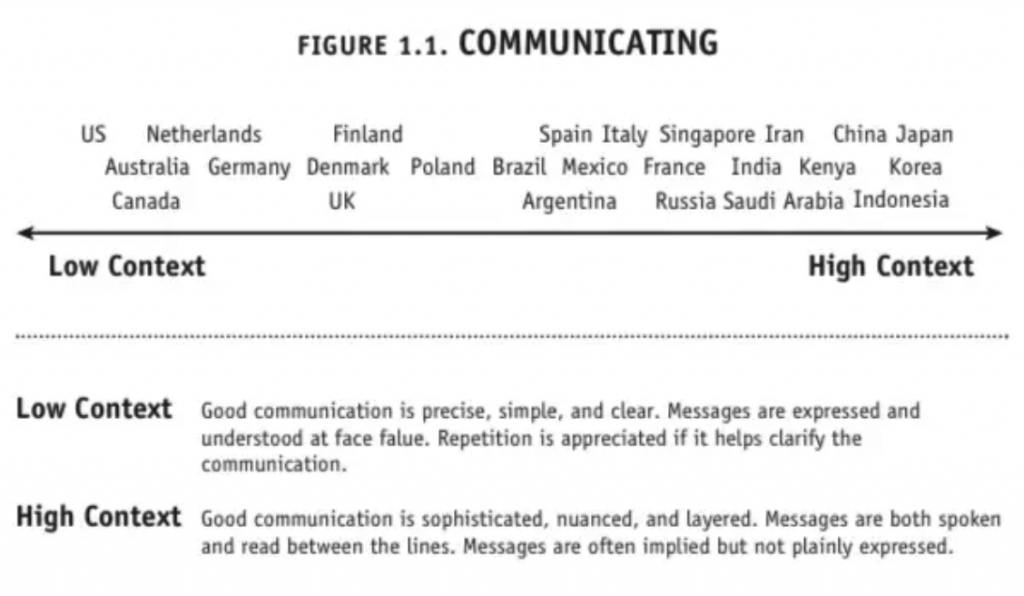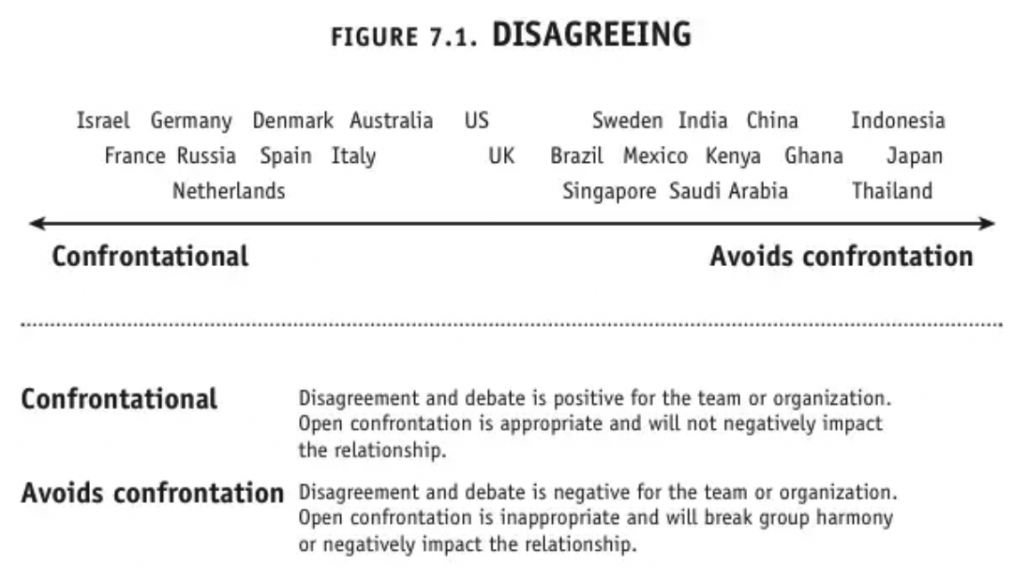
Goal
To be aware of cultural cues that help us understand our friend’s worldview and life experiences in order to communicate the gospel clearly
Introduction
Share a story of when you experienced a “miss” in cross-cultural communication: a time when you misread someone’s actual message. The apostle Paul demonstrated remarkable skill in crossing cultures to clearly communicate the gospel message in a way that resonated with his audience.
Bible Passage & Questions
Acts 17:16-32
Retell the story in your own words.
- Explain the cross-cultural dynamics of the situation and how Paul incorporated the Athenian cultural identity into his message.
- Do you feel curious or uncomfortable when you listen to the worldview of other people?
Consider & Discuss
Like worldview differences, students from different cultures have very different communication styles. Some students do not respond well to having a lot of questions fired at them. They may not disclose themselves—their interests, preferences, values, or beliefs—by answering questions. They may be waiting for the right time and sense of trust before they voluntarily do so. In The Culture Map, Erin Meyer describes eight areas of friction between cultures: explicit vs. implicit communication, direct vs. indirect negative feedback, deductive vs. inductive, egalitarian vs. hierarchical, consensual vs. top-down, task-based vs. relationship-based, confrontational vs. confrontational avoidant, and linear time vs. flexible time (page 16). We will focus on two of these.
Explicit vs. implicit communication (high vs. low context cultures). Communication in high context cultures is indirect, implicit, subtle, layered, and nuanced. In low context cultures, it is concise, straightforward, explicit, simple, and clear. People from high context cultures speak in a way that others in their culture understand without having to explain everything. Families are usually high context: a glance from a wife often communicates to her husband without saying a word. Lower context areas of the world tend to be Northern Europe, North America, Australia, and higher contexts tend to be South America, Southern Europe, Middle East, Africa, and Asia. Meyer suggests that if you are interacting with someone from a low or high context culture different from your own that you state your ideas and main points clearly. Ask clarifying questions if you don’t understand. She summarized, “Multicultural teams need low-context processes” (page 55).

Indirect vs. direct negative feedback. People who give criticism indirectly with comments like, “Perhaps you should think about doing it this way . . .” feel that people who are very direct in their criticisms are rude (especially if the criticism is given in front of others). However, people who are direct in their criticisms feel confused by messages like, “That is an original point of view . . . “ when they really mean “Your idea is stupid.” Read through the following phrases and say what you think they really mean: “I was disappointed that . . .”, “Could you consider other options?”, and “Very interesting.” If you usually give indirect criticism do not suddenly be more direct. If you usually give direct criticism but are working with someone who gives indirect criticisms, remember to add some compliments with your criticisms.

Next Steps (Individually & Collectively)
Read one of the “Reaching Across Cultures” (RAC) resources from Bridges International. Then discuss with a friend, teammate, pastor, or ministry coach how cultural dynamics impact the people groups you work with. What are some “aha” insights in how you approach people from various cultures?
Additional Resources
Erin Meyer, The Culture Map: Breaking Through the Invisible Boundaries of Global Business (PublicAffairs, 2014) [See also https://erinmeyer.com/]
“These 8 Scales Reveal Everything You Should Know about Culture”
“Reaching Across Cultures” (RAC) resources from Chinet, TIP and SAN. Available from your Bridges International staff person.
Role-play game: The scene is a meeting between professor and student. The professor prefers an indirect style of communicating. The student is accustomed to a direct style of criticism and communication. Choose one person to be the professor and another person to role-play the student. The conversation begins with the professor saying, “I liked your paper overall. However, on pages 5-15, I would like you to consider changing it to the idea I told you about last week.”
At the conclusion of the role-play, have the professor and student summarize how they felt about the interaction. What part of the world would you guess the professor and student are from?

